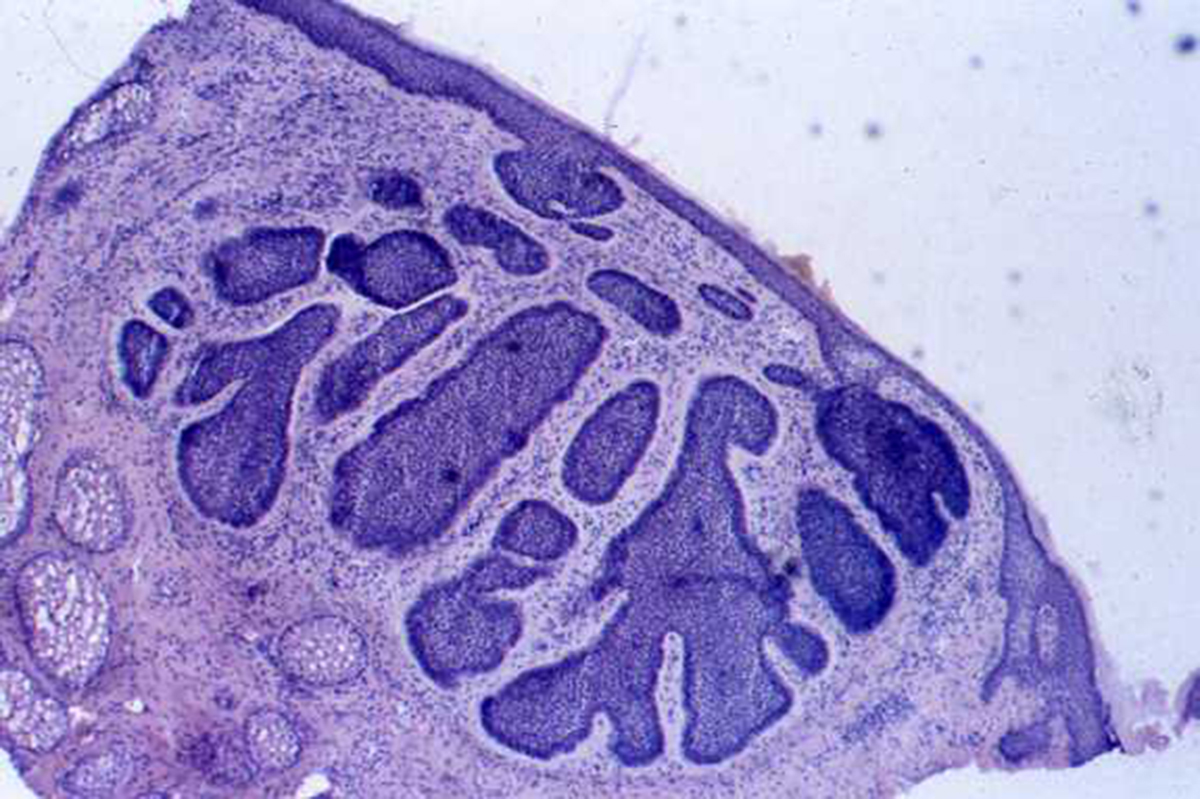
Non Small Cell Carcinoma - General Info
Non small cell carcinoma is a malignant disease of the lungs. All lung cancers are classified into the two groups, small cell carcinoma and non small cell carcinoma. Non small cell carcinoma includes several types of lung carcinoma. They are squam cell carcinoma, large cell carcinoma and adenocarcinoma. Each of the previously mentioned cancer types originate from different cells. In squamous cell carcinoma the cancer originates from squamous cells. They are thin and flat and resemble fish scales. This type of non small cell carcinoma is also known as epidermoid carcinoma. Large cell carcinoma originates from several types of large cells and adenocarcinoma originates from cells which line the alveoli and produce mucus. Apart from these three most common types of non small cell carcinoma less frequent types include pleomorphic carcinoma, carcinoid tumor, salivatory gland carcinoma and finally, unclassified carcinoma of the lungs. Unlike small cell carcinoma non small cell lung carcinoma is not so sensitive to chemotherapy.
Non small cell carcinoma predominantly affects smokers, especially if one starts smoking early in life. Even exposure to second hand smoke carries significant risk of getting non small cell carcinoma. Additional risk factors include previous exposure to radiation therapy of the chest or breast, exposure to asbestos, radon, chromium, nickel, arsenic, soot or tar. Even environmental pollutants may contribute to occurrence of this carcinoma.
Symptoms and Signs of Non Small Cell Carcinoma
One of the most common signs of non small cell carcinoma is cough. It can be neglected and considered normal especially by smokers. In some people this carcinoma may be found accidentally by a routine chest X ray. One should report if any of the following symptoms and signs occur:Cough that does not go awayBreathing difficultiesChest discomfortWheezingBlood in sputumHoarsenessLoss of appetiteUnexplainable weight lossFatigueDiagnosing Non Small Cell Carcinoma
Diagnosing of this carcinoma includes physical exam and history, laboratory tests (blood count, urine, etc.), chest X-ray, CT scan of the lungs and PET scan. Samples for pathohystological conformation of the cancer are obtained by sputum cytology, fine needle aspiration and lung biopsy. Bronchoscopy allows visualization of the trachea and large airways and may help in taking samples of cancer which is located in these areas. Thoracoscopy allows insight in the chest cavity. This procedure is also performed to take lymph nodes and to check if the cancer has spread. Thoracocentesis removes the fluid from the space between the lungs and the pleura. This fluid may also contain cancer cells.
After conformation and proper staging of the cancer patients undergo specific therapy which may include surgery, chemotherapy and radiation therapy or even a combination of these therapies. What treatment modality is going to be applied depends on the stage of the disease, pathohystological type of the cancer and its grade. Patient's general health also determines which treatment modality is going to be applied.







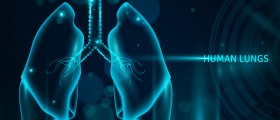




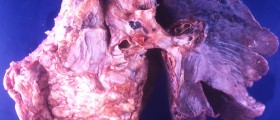

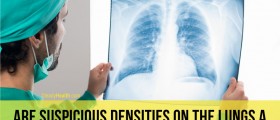
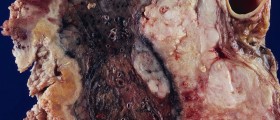

Your thoughts on this
Loading...